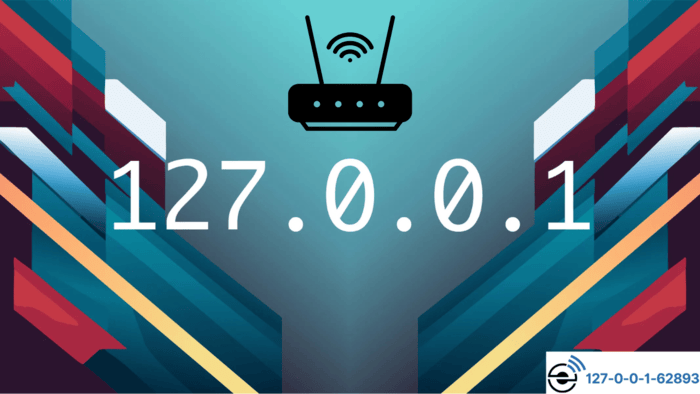The IP address 127.0.0.1 is a unique and essential part of computer networking. Commonly referred to as the loopback address or localhost, this IPv4 address is designed for internal use.
It enables a device to communicate with itself, making it invaluable for testing and troubleshooting without relying on external networks.

How Does 127.0.0.1 Function?
TCP/IP application software uses IP addresses to send messages to their intended destinations. When the address 127.0.0.1 is involved, the protocol identifies it as special.
Instead of sending messages to the network, they are redirected to the same computer. This process happens within the system’s TCP/IP stack.
Key features of this process include:
- Internal Routing: Messages marked with 127.0.0.1 never leave the device. They are rerouted internally.
- Security Measures: Incoming messages on gateways or routers with loopback addresses are discarded to prevent misuse.
- Testing: Developers use the loopback feature to test software locally without external network interference.
Loopback communication involves both an IP address and a port number. These ports allow applications to manage and categorize test messages efficiently.
Differences Between Loopback and Standard IP Addresses
Although your device may have a private IP address like 192.168.1.115 for communication with other devices, it also uses 127.0.0.1 for internal operations.
Unlike regular IP addresses, the loopback address does not facilitate file sharing or external communication. For instance, a local web server can use 127.0.0.1 to test webpages before making them publicly accessible.
Localhost and Its Role in Networking
The term “localhost” is closely tied to 127.0.0.1. Operating systems maintain an entry in their HOSTS file that links the name “localhost” to the loopback address.
This setup allows applications to use the name instead of typing the numerical address.
In IPv6, the loopback concept also exists. However, instead of 127.0.0.1, the loopback address is represented as ::1. Unlike IPv4, IPv6 does not allocate a range of addresses for loopback use; it uses only this single address.
| Protocol Version | Loopback Address |
| IPv4 | 127.0.0.1 |
| IPv6 | ::1 |
Range of Loopback Addresses in IPv4
IPv4 designates all addresses from 127.0.0.0 to 127.255.255.255 through 127.0.0.1:49342 for loopback purposes. However, 127.0.0.1 is the address most commonly used for such tasks.
These addresses differ from private IP ranges reserved for device communication within a local network.
While private addresses support inter-device connectivity, loopback addresses like 127.0.0.1 are limited to the originating computer.
Comparing 127.0.0.1 with Other Special Addresses
People often confuse 127.0.0.1 with other reserved IP addresses, such as 0.0.0.0. Though both are special, they serve distinct purposes:
- 127.0.0.1: Supports internal communication through loopback testing.
- 0.0.0.0: Indicates no specific address is assigned and is often used in network configuration.
| Address | Purpose |
| 127.0.0.1 | Internal loopback testing |
| 0.0.0.0 | Represents an unspecified address |
Practical Applications of 127.0.0.1
- Local Testing: Software developers use 127.0.0.1 to test applications without exposing them to external networks.
- Blocking Websites: By modifying the HOSTS file, you can redirect specific URLs to 127.0.0.1, effectively blocking access to those websites.
- Example: Adding 127.0.0.1 example.com to the HOSTS file prevents the browser from reaching “example.com.”
Frequently Asked Questions
How can I eliminate a proxy server virus using 127.0.0.1?
If you suspect a virus related to proxy servers, perform a system restore to undo recent changes. This action protects your files while removing malicious applications or drivers.
How can I block websites using 127.0.0.1?
Modify the HOSTS file to associate unwanted websites with 127.0.0.1. For example:
- Open Notepad as an administrator.
- Go to File > Open and go to the HOSTS file.
- Add a line like 127.0.0.1 [website].
- Save the file and restart your system.
